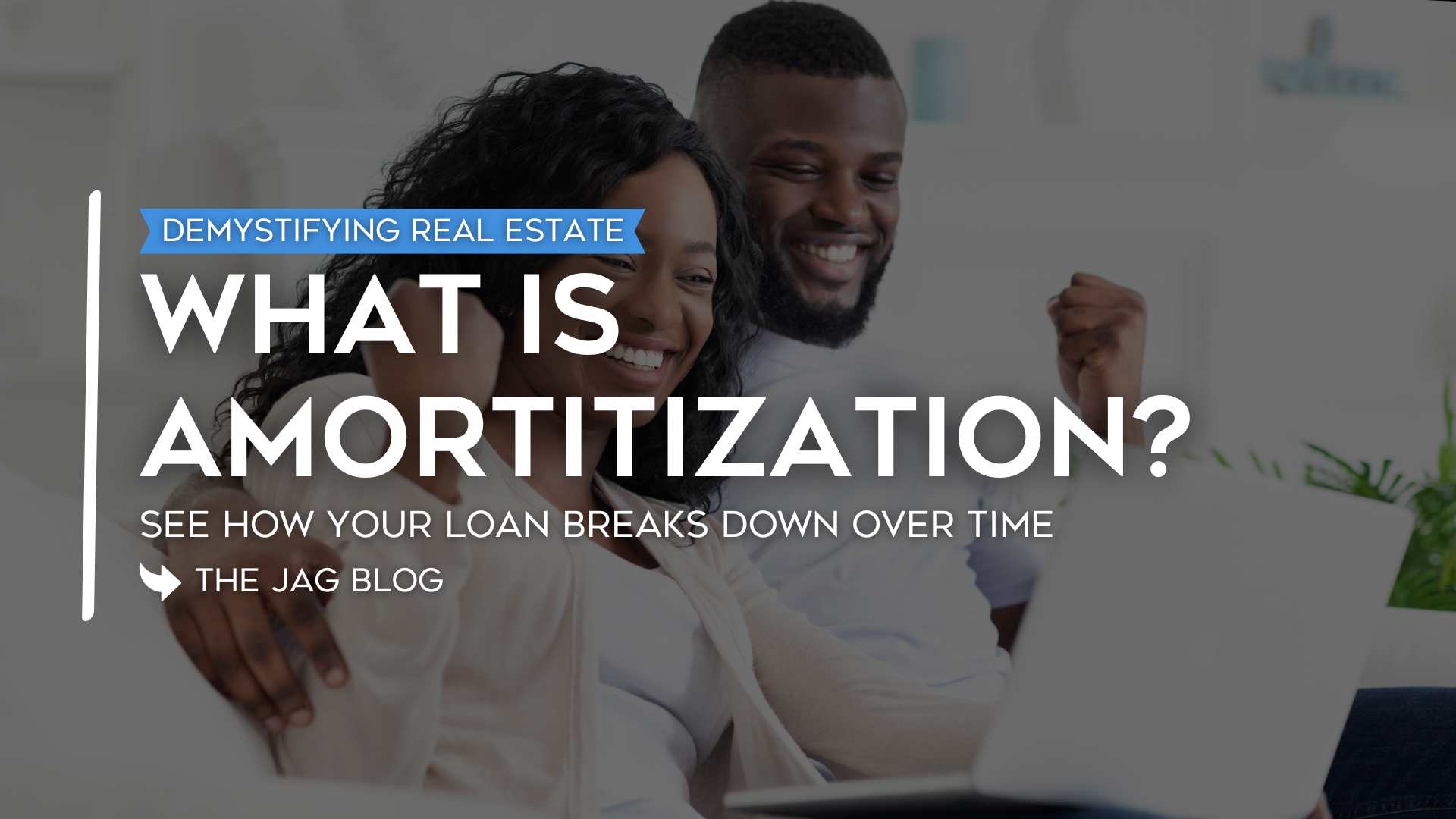Demystifying real estate: What is amortization?

Anyone who has a mortgage has likely seen the term “amortization.” The term, commonly used in accounting, refers to the practice of spreading an asset’s costs out over its life. While this is still true in the sense of a mortgage, amortization has a specific, straightforward explanation from lenders.
Kelly Donahue, a mortgage loan officer for Towne Mortgage of the Carolinas, said most homeowners don’t ask about the term, yet it’s something they should understand because of how detailed it is. “It is a document that they get — a disclosure,” she said. “It’s eight pages of numbers for them, so they can see the exact breakdown for their loan scenario and what is going on each month of their payment for the life of the loan.”
Here’s what you should know about it.
Understanding amortization
“Amortization is basically the process of paying off debt over time in equal installments,” Donahue said. “With a mortgage, as you make payments, one portion goes to the principal of the loan, which is the amount that you borrowed, and then the other portion goes towards interest.”
Donahue explained that as the loan amortizes, or reduces with payments, the portion paid toward the principal starts out small and gradually grows larger over time. Similarly, a greater portion of the payment goes toward the interest at the beginning, and gradually shrinks over time. To show how those numbers break down over the term of your loan, she said lenders will provide buyers with the amortization schedule.
“It outlines each monthly payment — from the time you start repaying the loan until the loan matures or is paid off — and where part of each payment goes,” she said.


How it’s calculated
Donahue explained that the amortization schedule is determined using the factors that play a role in the calculation of payments: the loan amount, your loan term, and the interest rate you’ve obtained.
“Is it 360 months? Is it 120 months? Is it 180 months? That’s going to be the term,” she said. “And then the interest rate — that’s going to be the interest that you’re locked into on your mortgage — and then starting with the month that you make your first payment. Those are really the forming things that go into an amortization calculator.”
In short, for a 30-year mortgage, the amortization schedule outlines how the loan and interest rate will be repaid over 360 payments. Similarly, a 15-year mortgage would outline the schedule over 120 payments; a 20-year mortgage would outline the schedule over 180 payments.
Can you change the amortization schedule?
Donahue said there is one way an amortization schedule can change. “You can make additional payments or do a lump sum towards principal whenever you have some extra cash flow,” she said. “And what that does is it helps reduce the amount of interest that you’re paying over the life of the loan, which ultimately pays off the loan faster for you.”
She explained that while paying extra toward a mortgage won’t change your monthly payment, it will reduce what is owed at the end of the mortgage, which is why the amortization schedule changes. The reason is straightforward, she explained.
“If you make a lump sum deposit towards your principal, you’ve already excluded all of that interest,” she said. “Maybe you’re at, for example, payment number 20 instead of payment number eight now just by making a lump sum payment, which reduces that interest that you’re paying off the life of the loan. Just by doing one additional payment each year and applying that directly towards your principal balance, it will take seven to ten years off the life of the loan.”
Final notes
Amortization is straightforward as a mortgage term, Donahue said, but understanding how it’s structured can help you pay your loan off faster.
“It just captures how much money you’ll pay in the principal and how much money you’ll pay in interest at various times in the repayment of the term. Where are we at payment number one? Where are we at three years down the line at payment number 36? How has it changed? How is my money being categorized in the loan?” she said. “Ultimately, you want to pay that principal balance down so you eliminate the interest that’s on the life of the loan.”
The Jim Allen Group provides access to information on this blog/website as a public service for educational purposes only. Although reasonable efforts have been made to ensure that all of the information made available is current, accurate, and complete…[read more]


